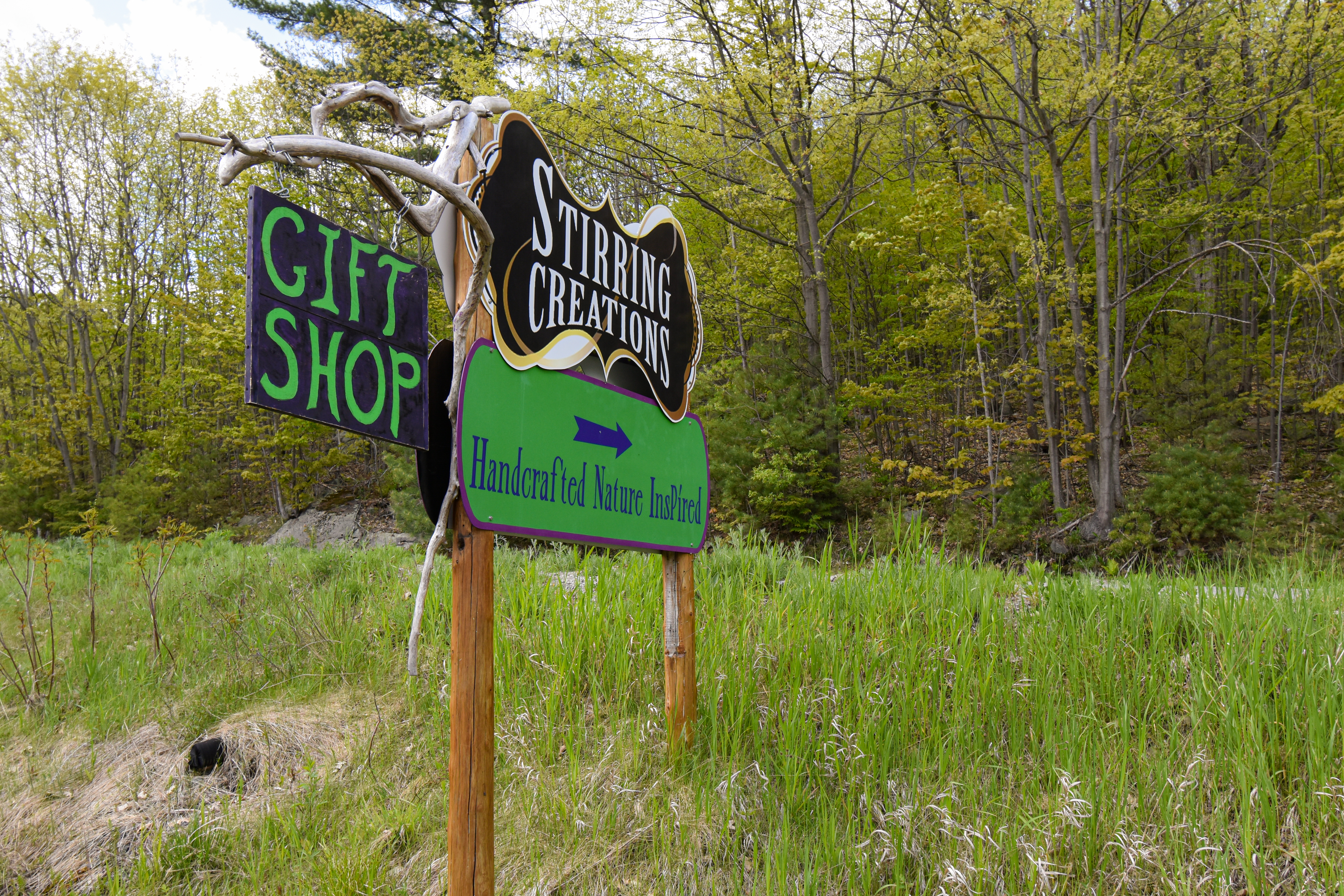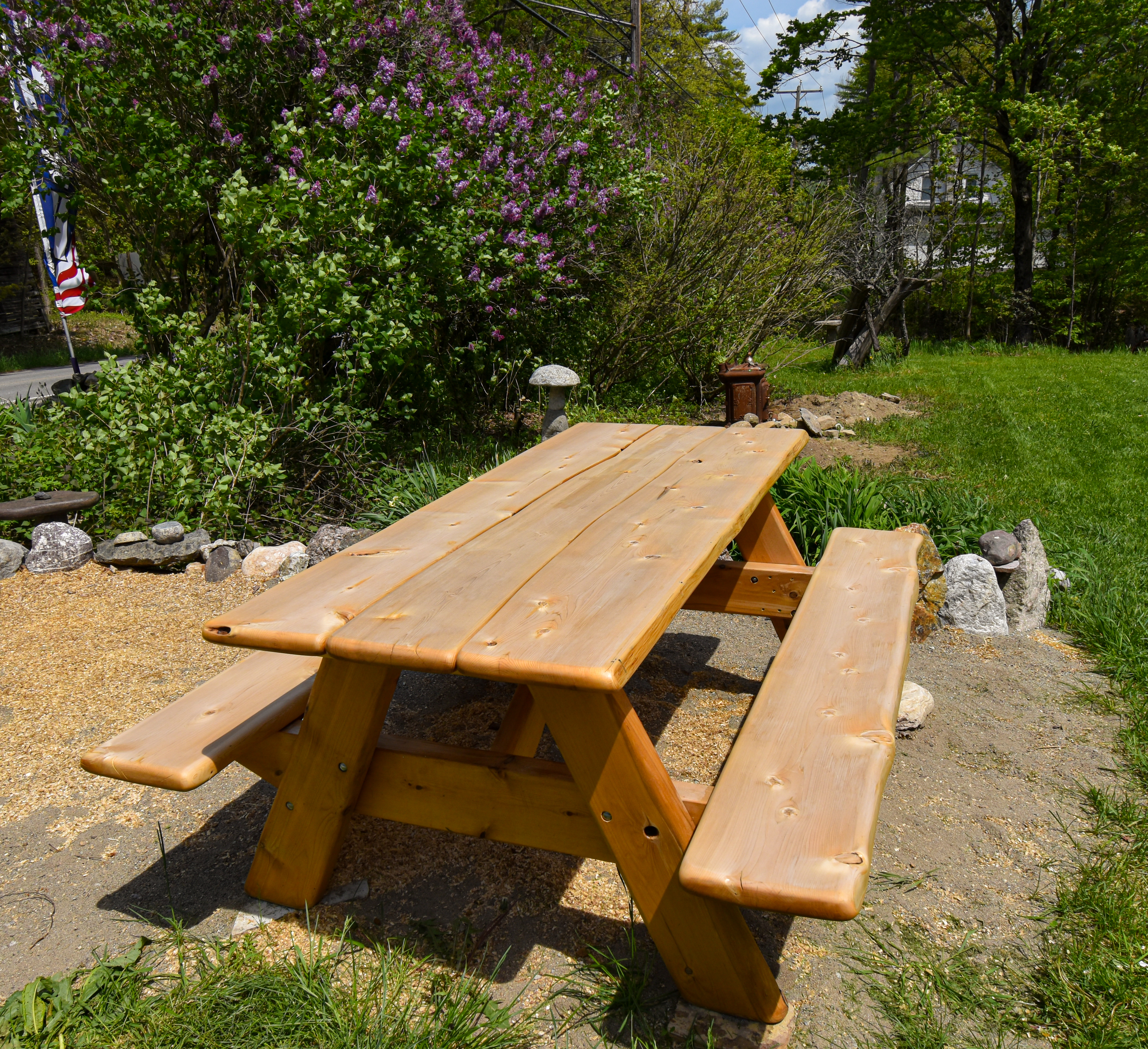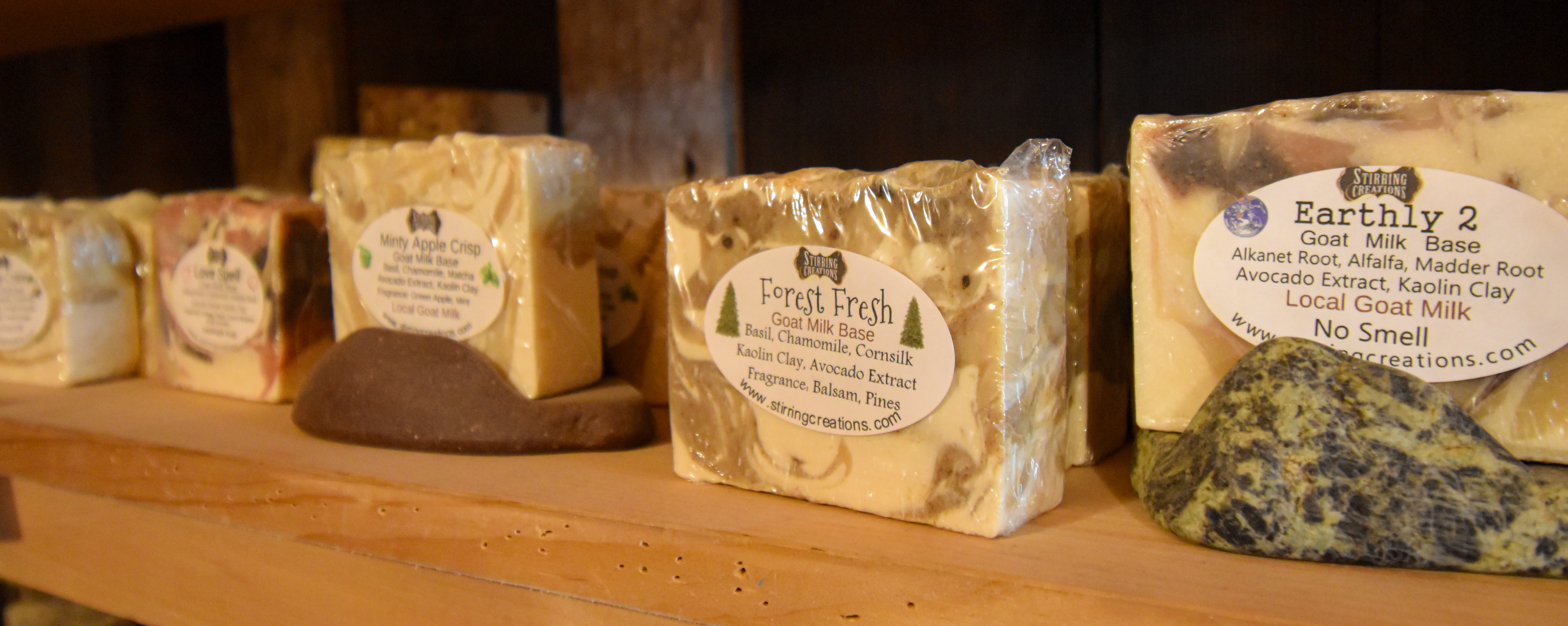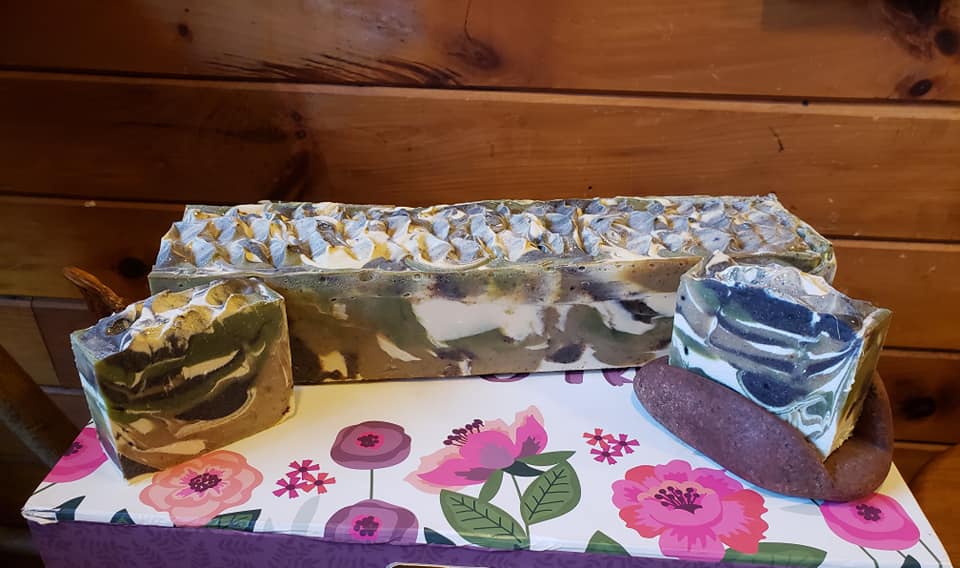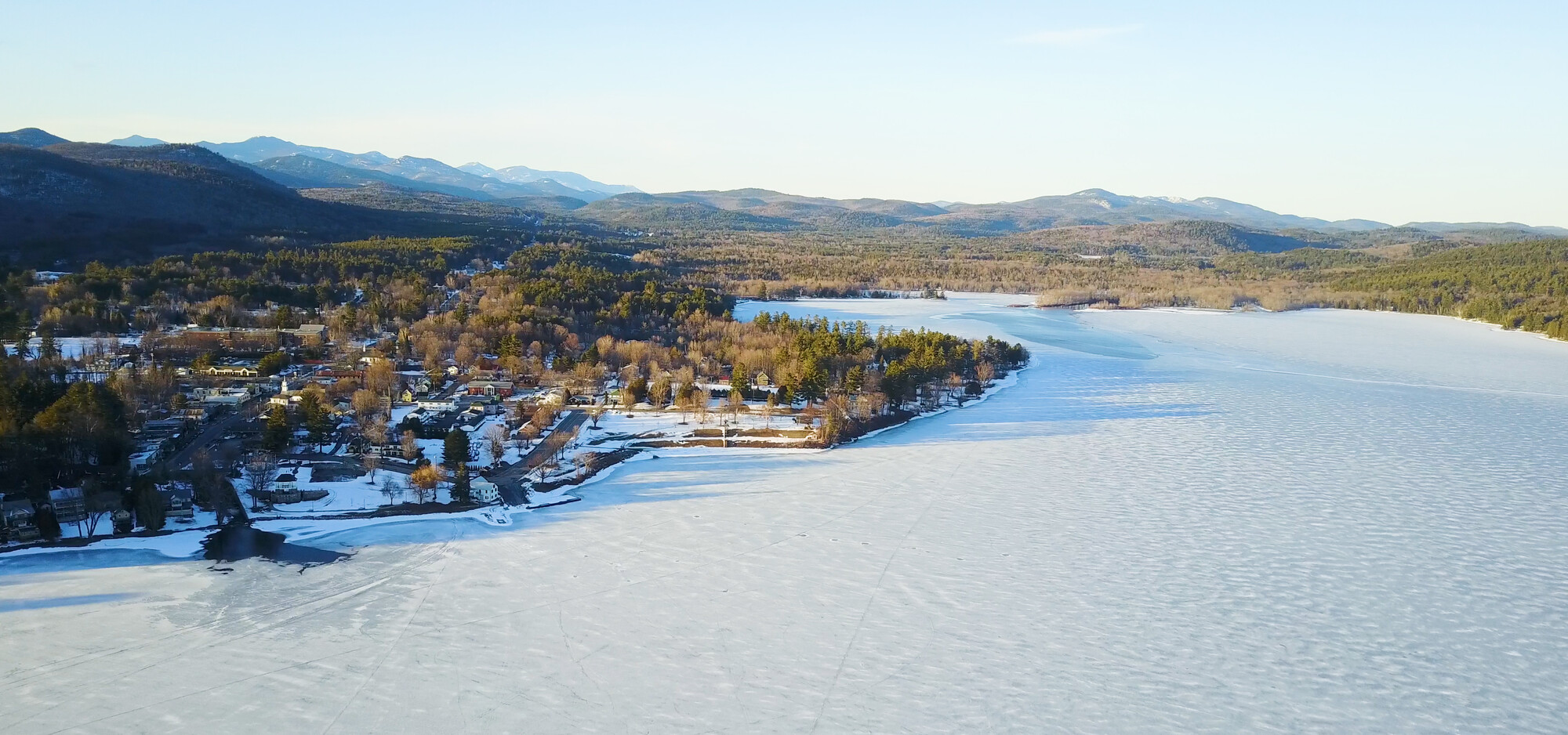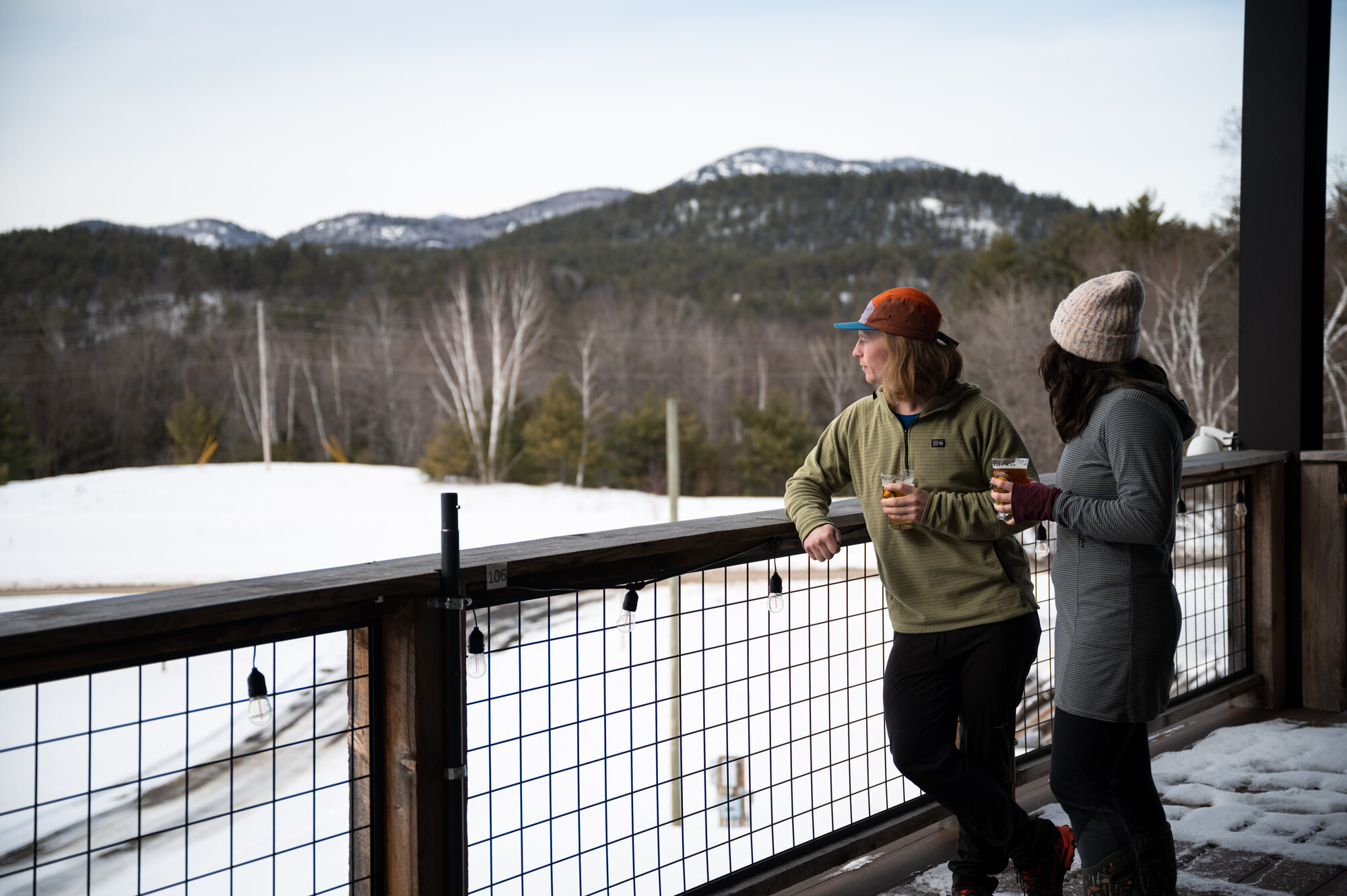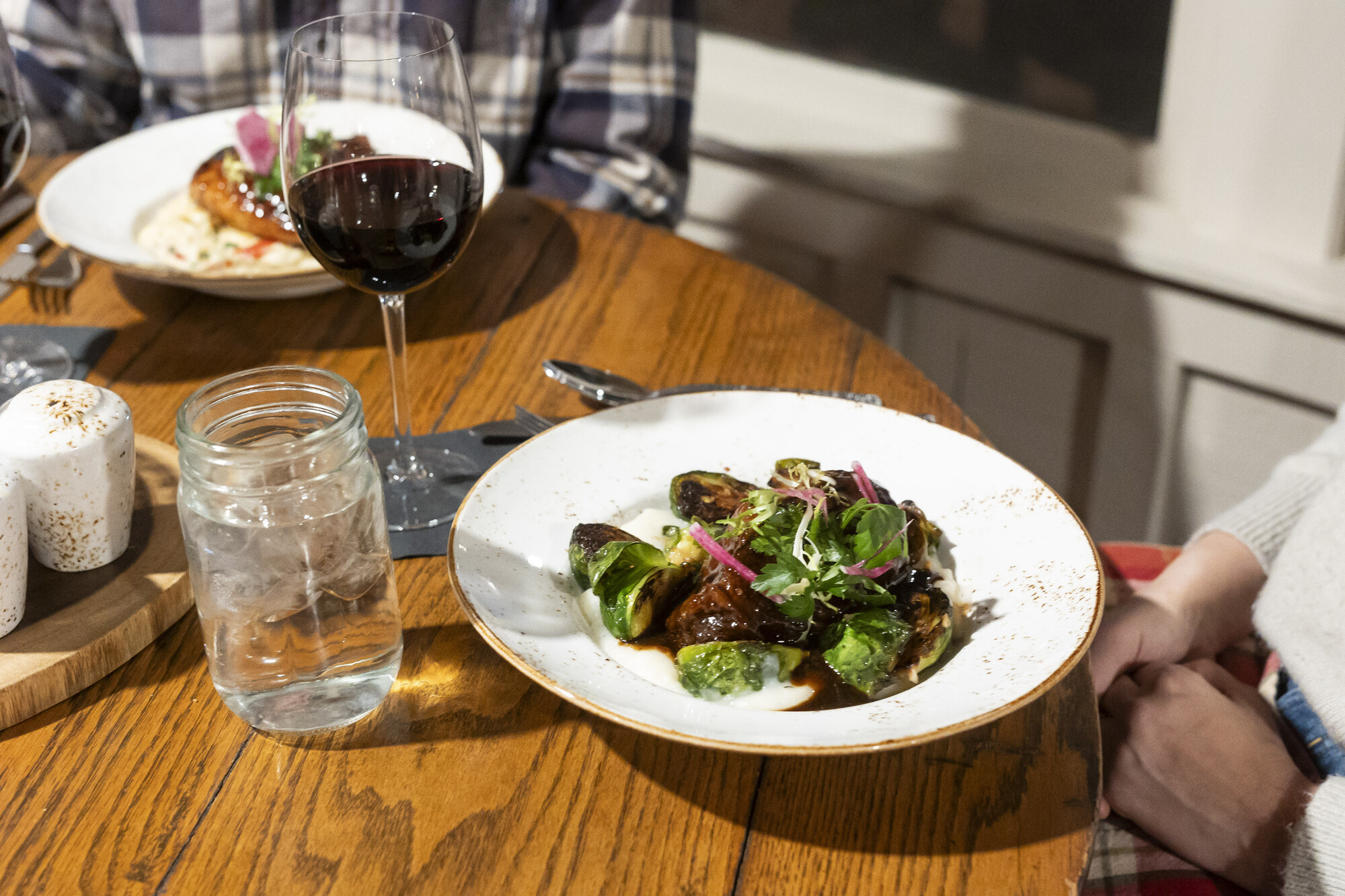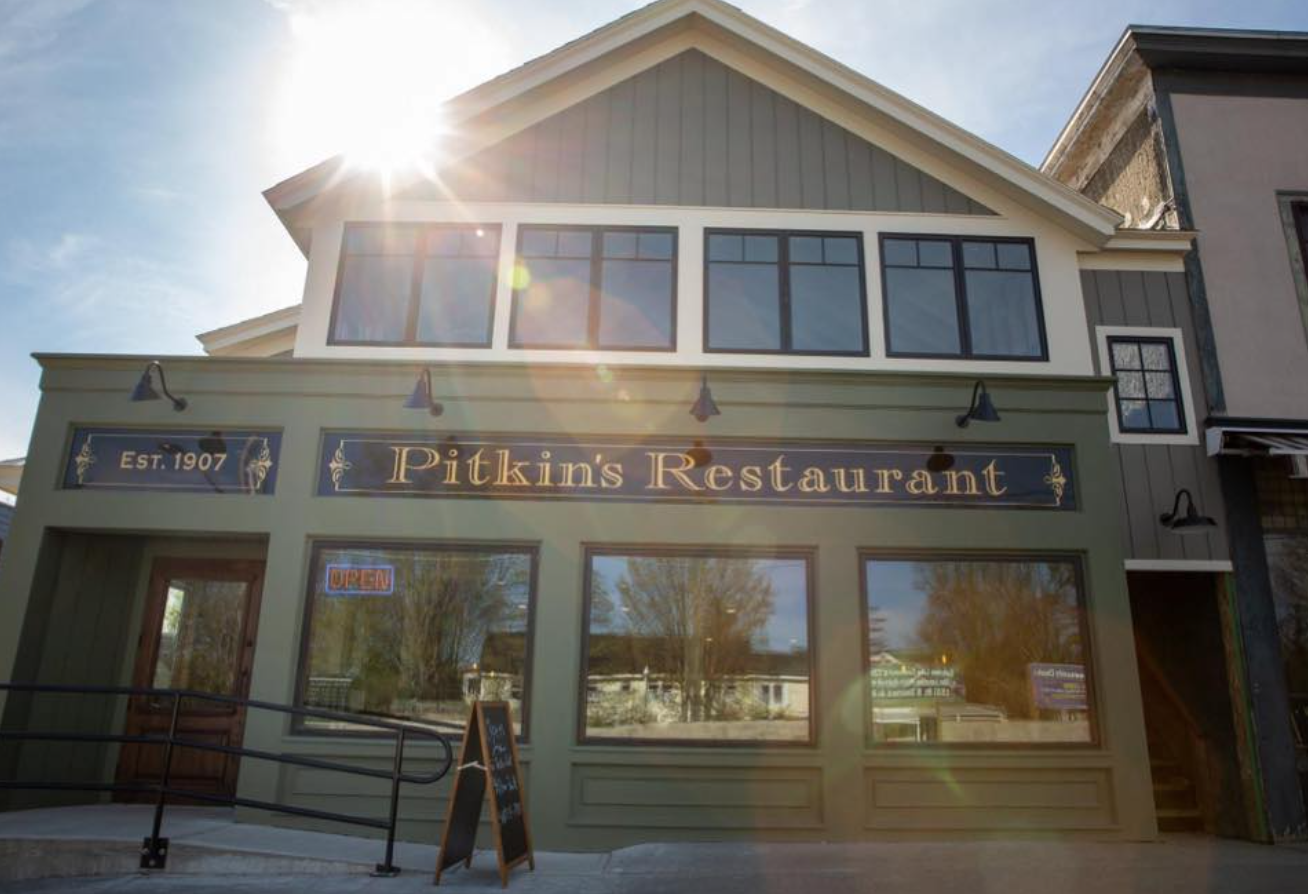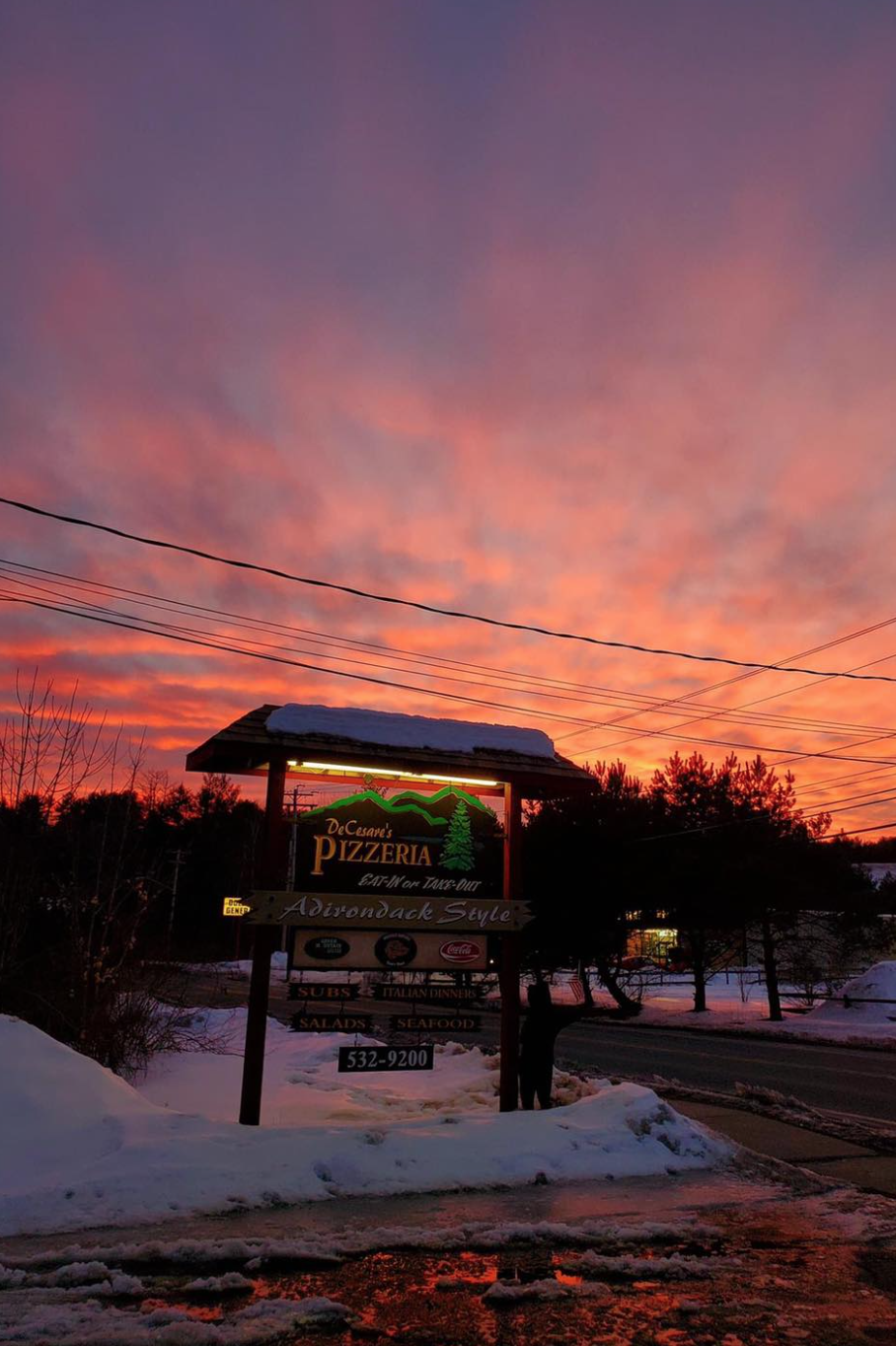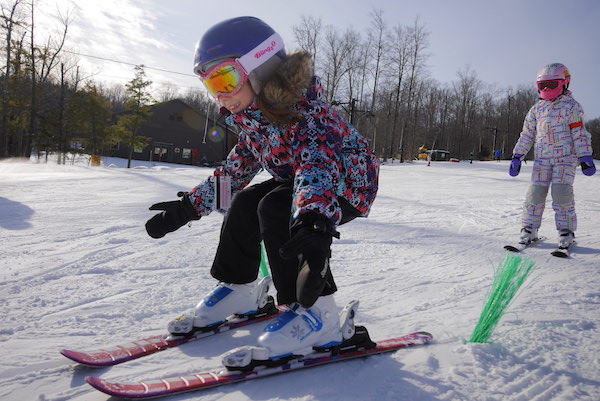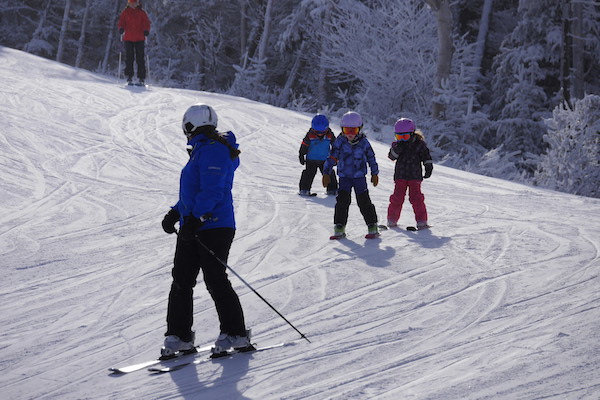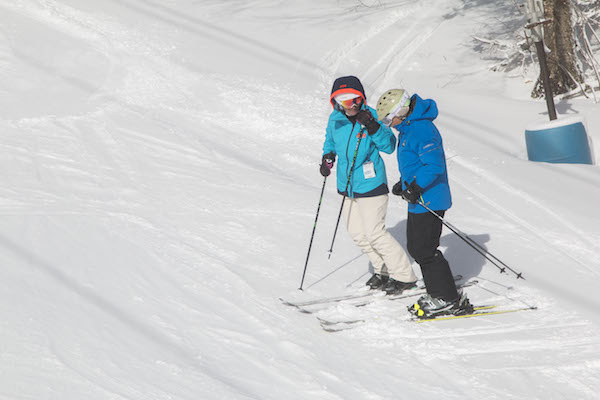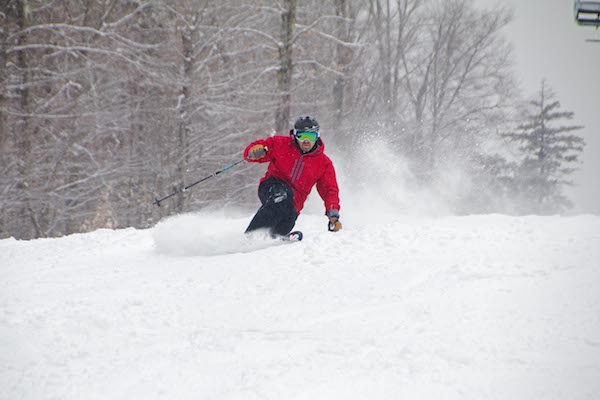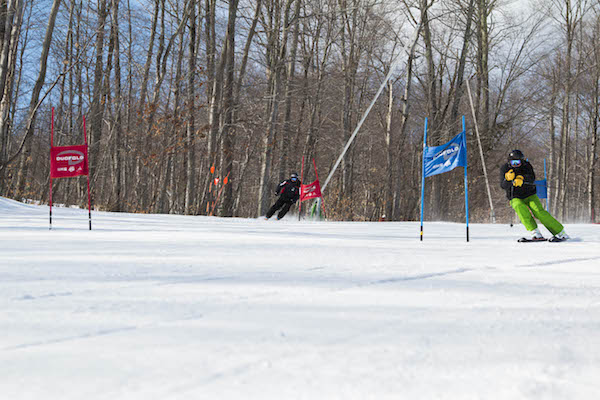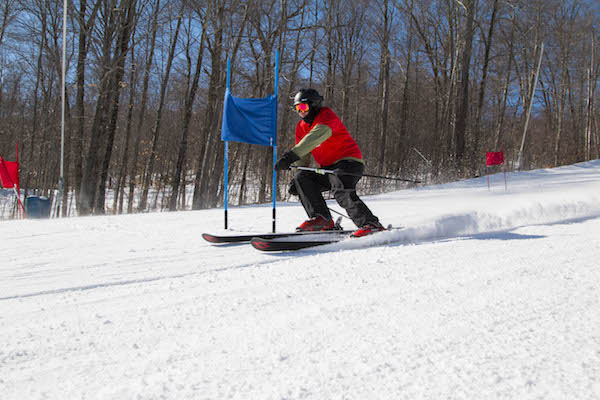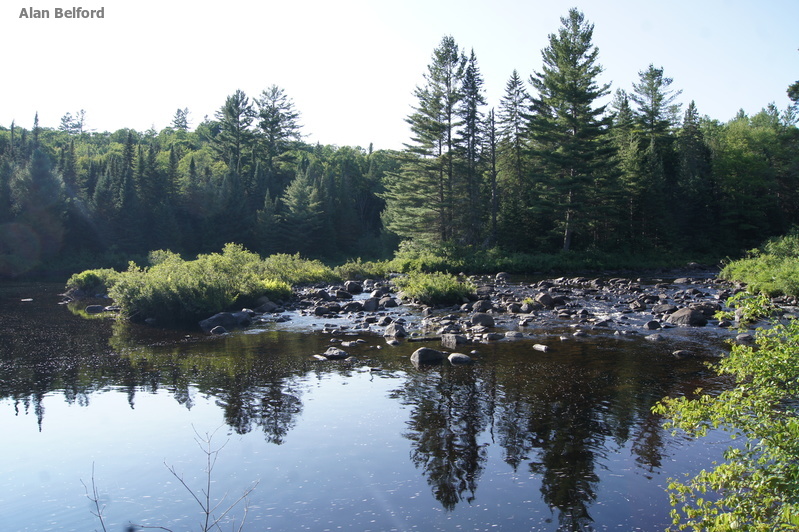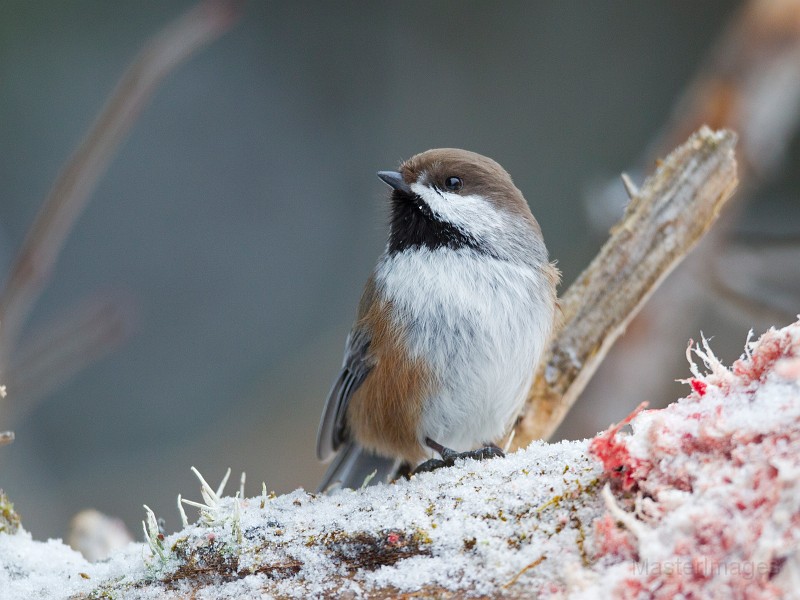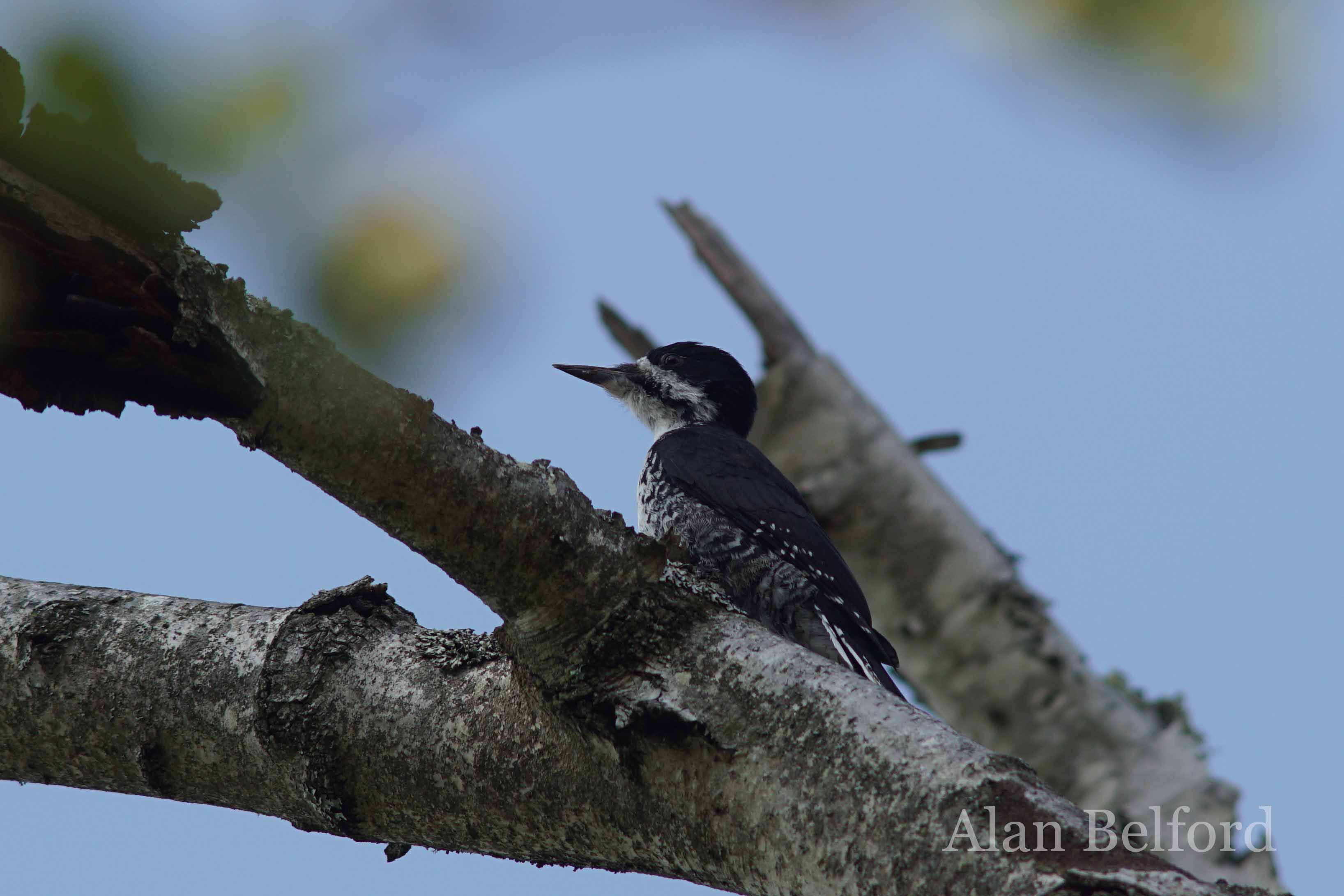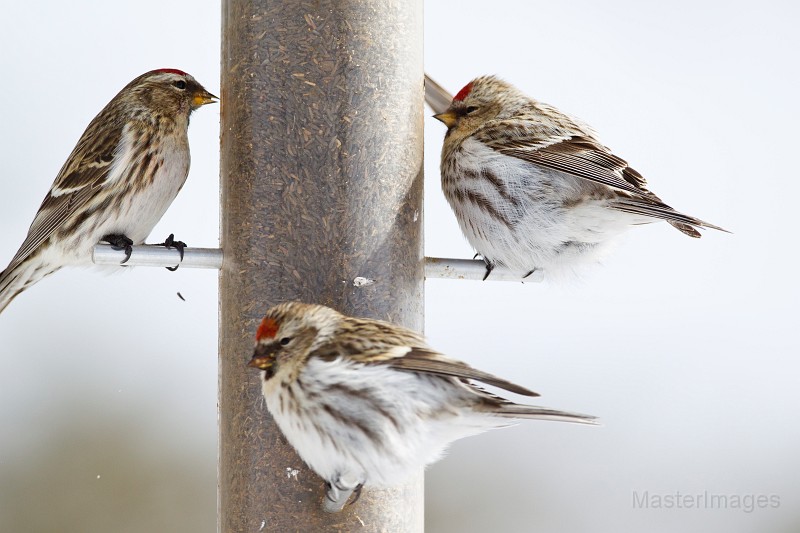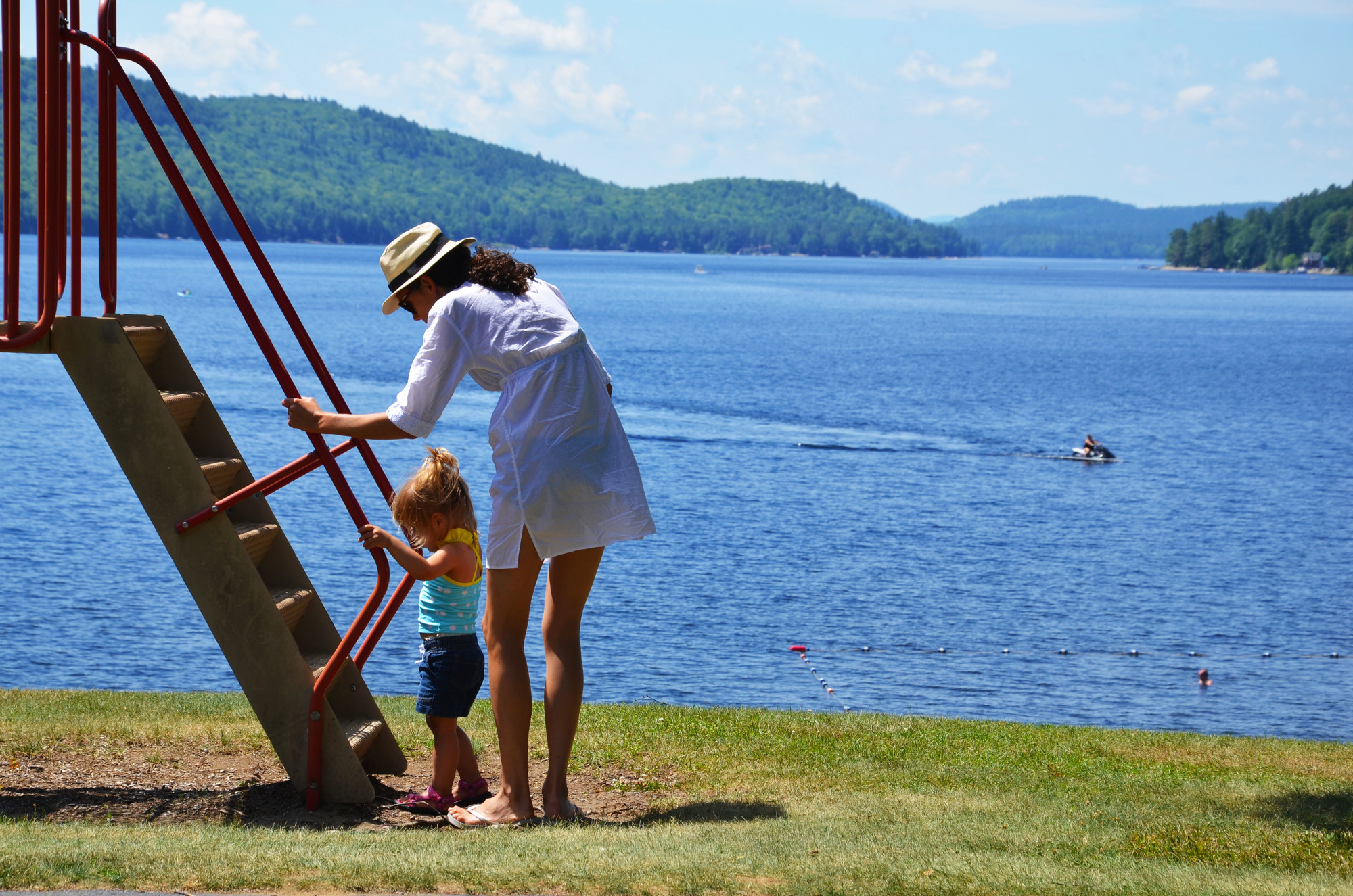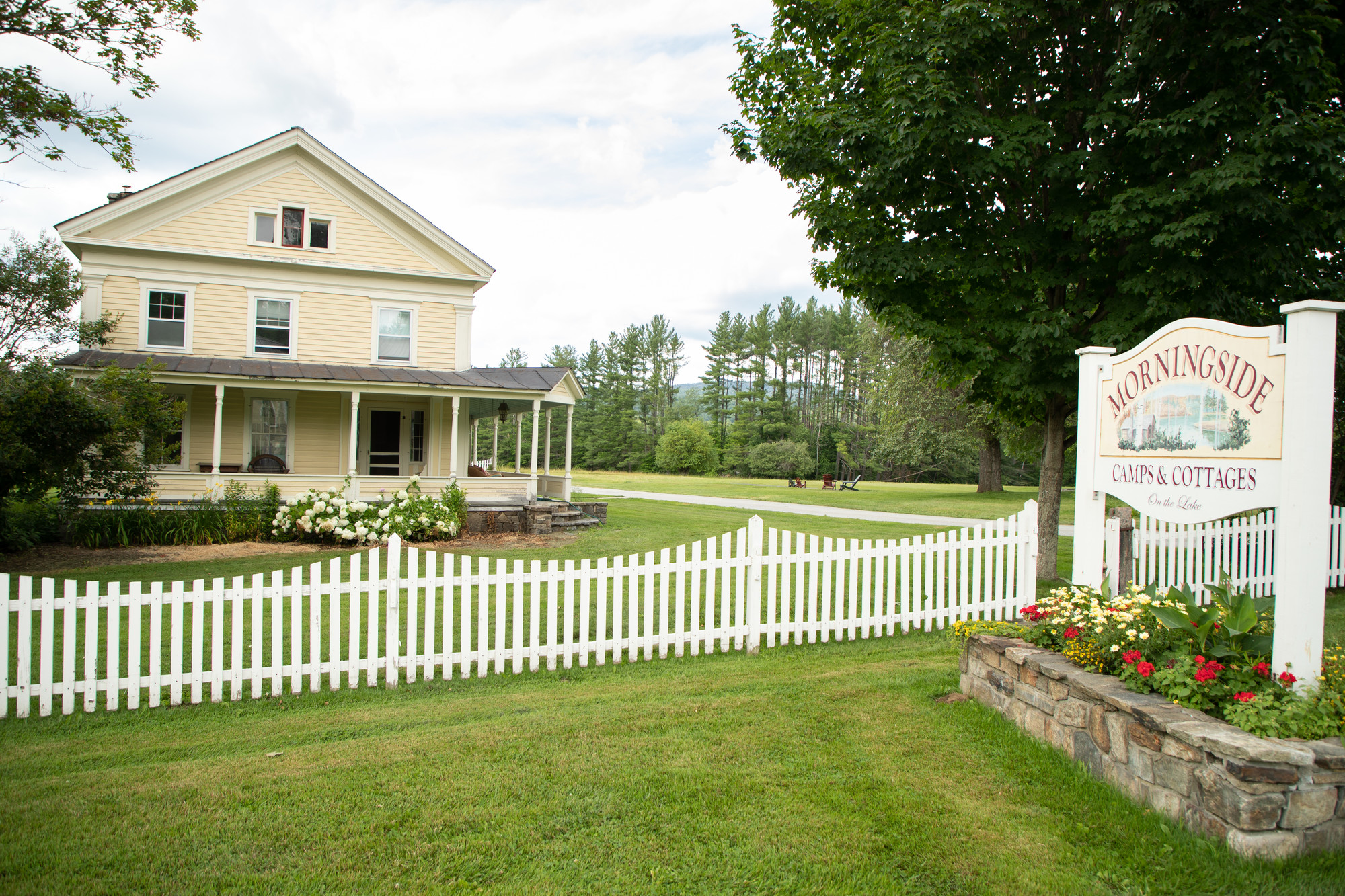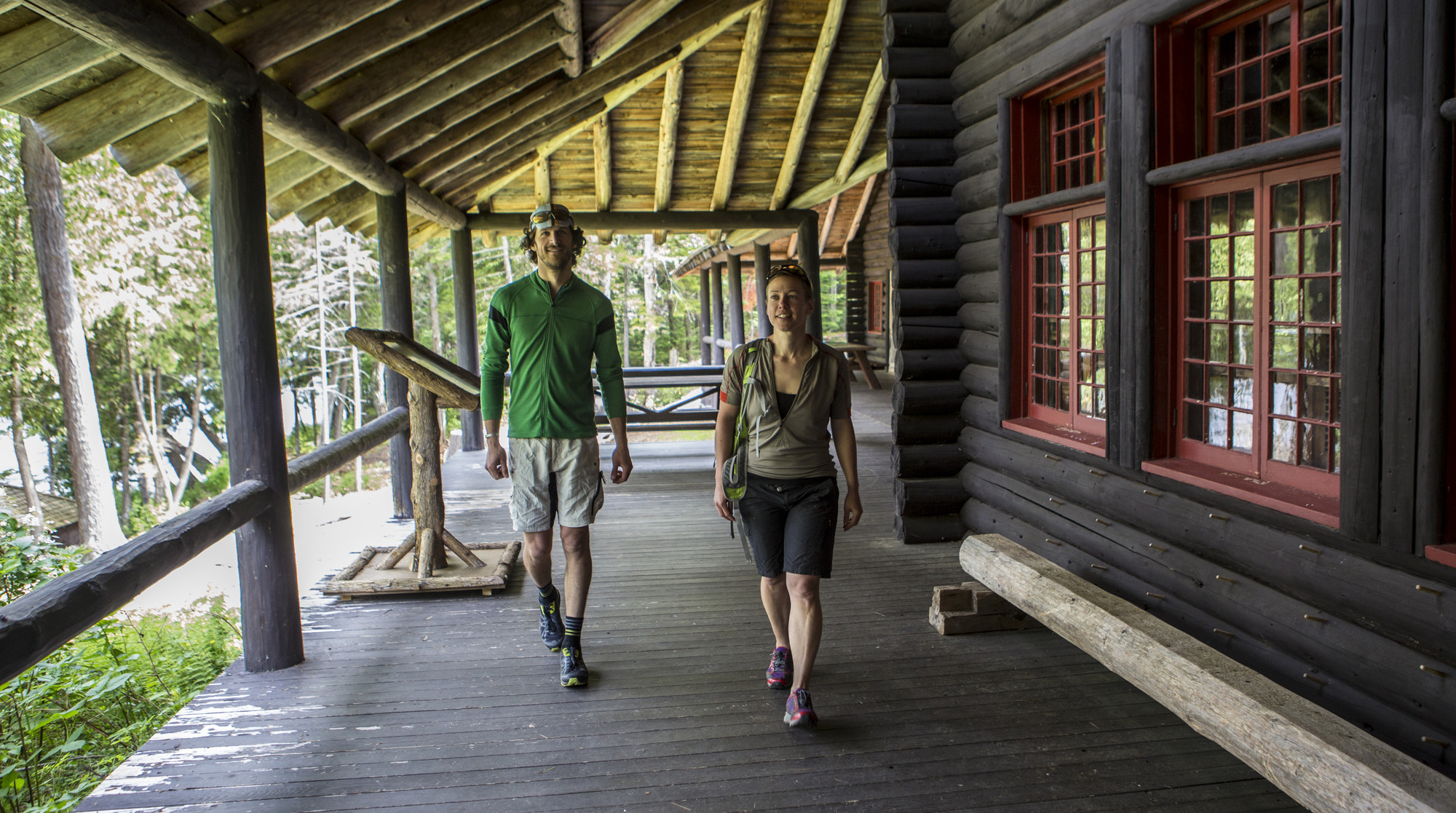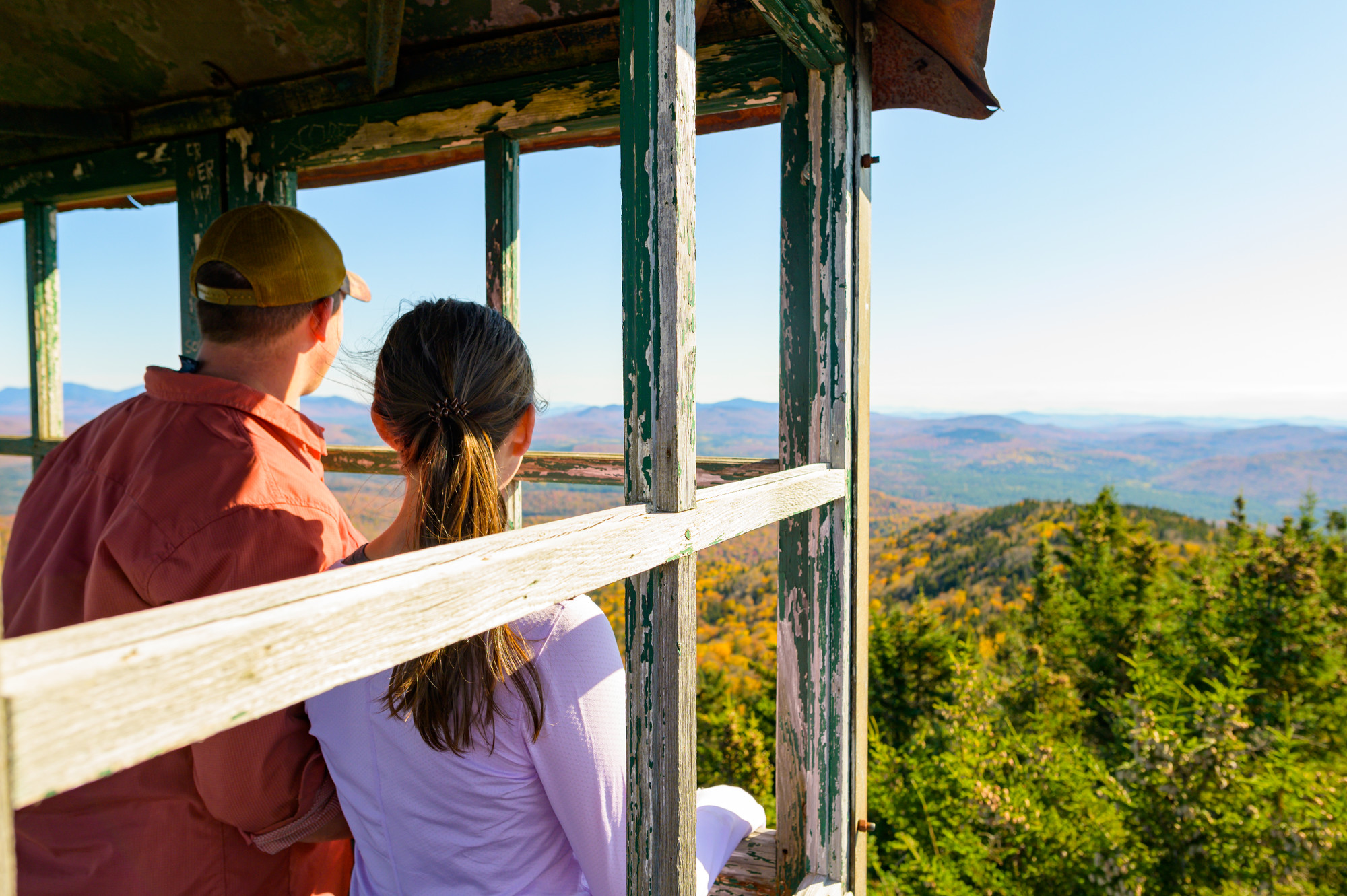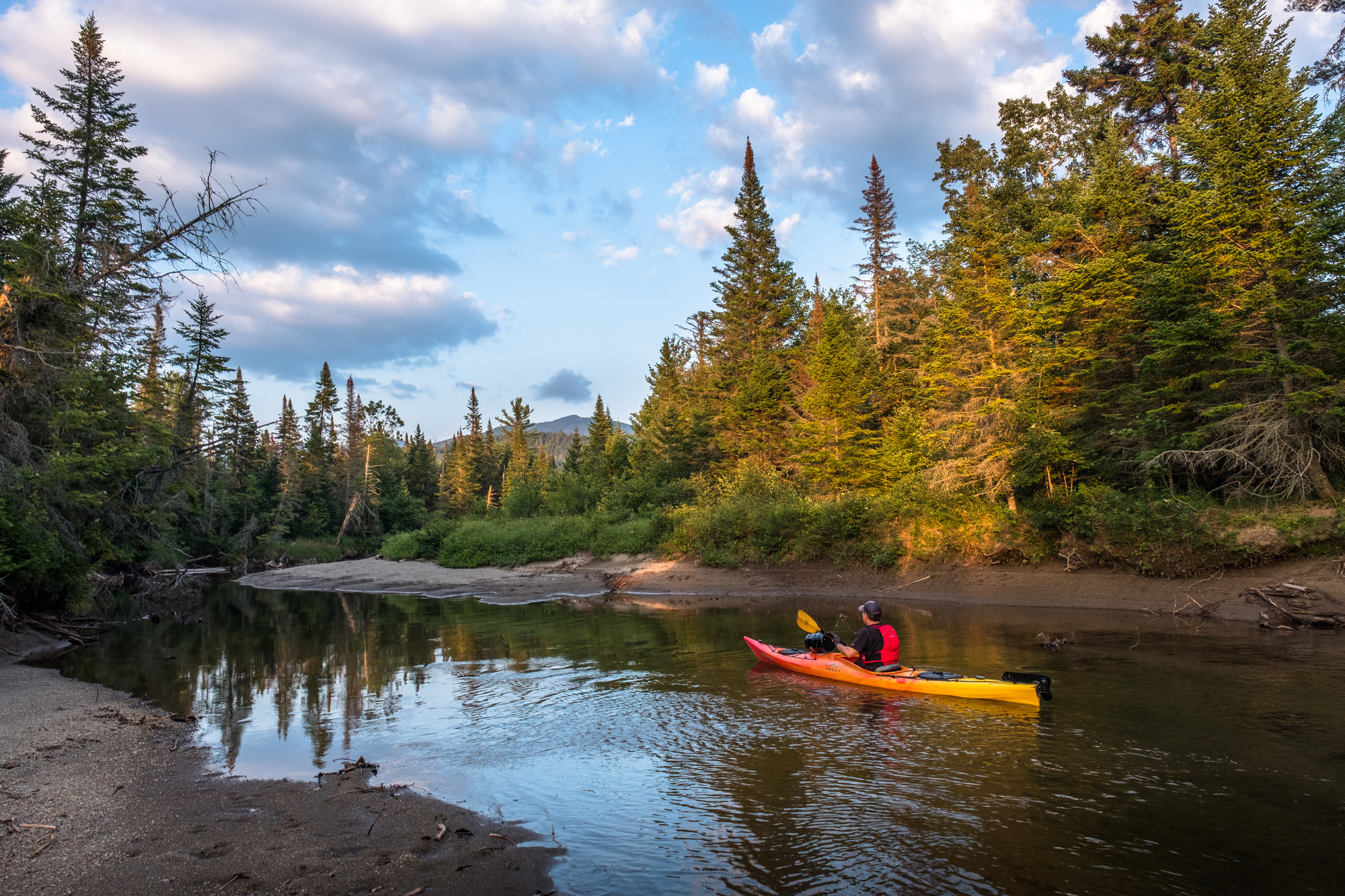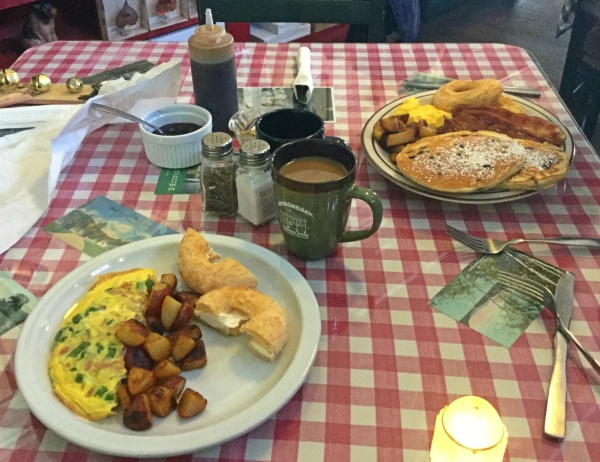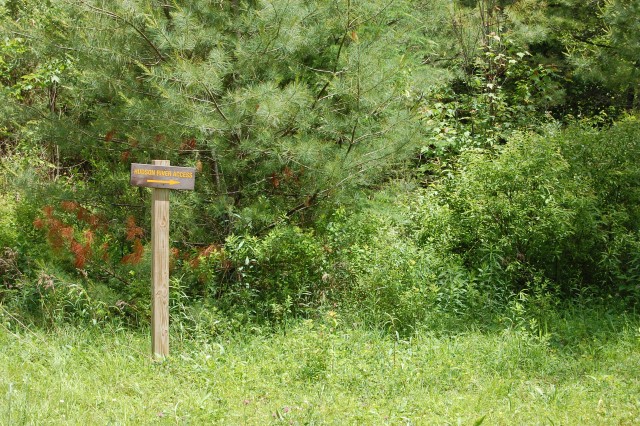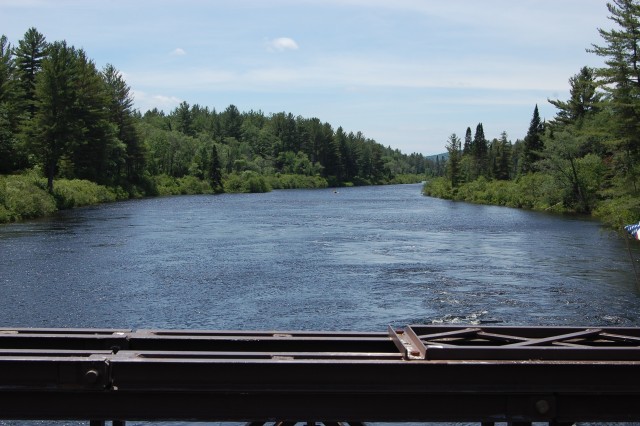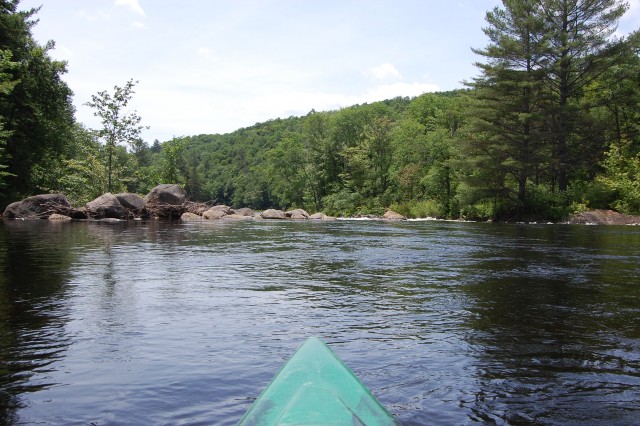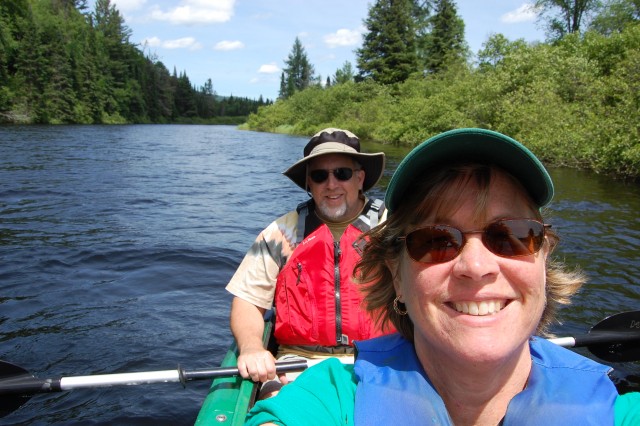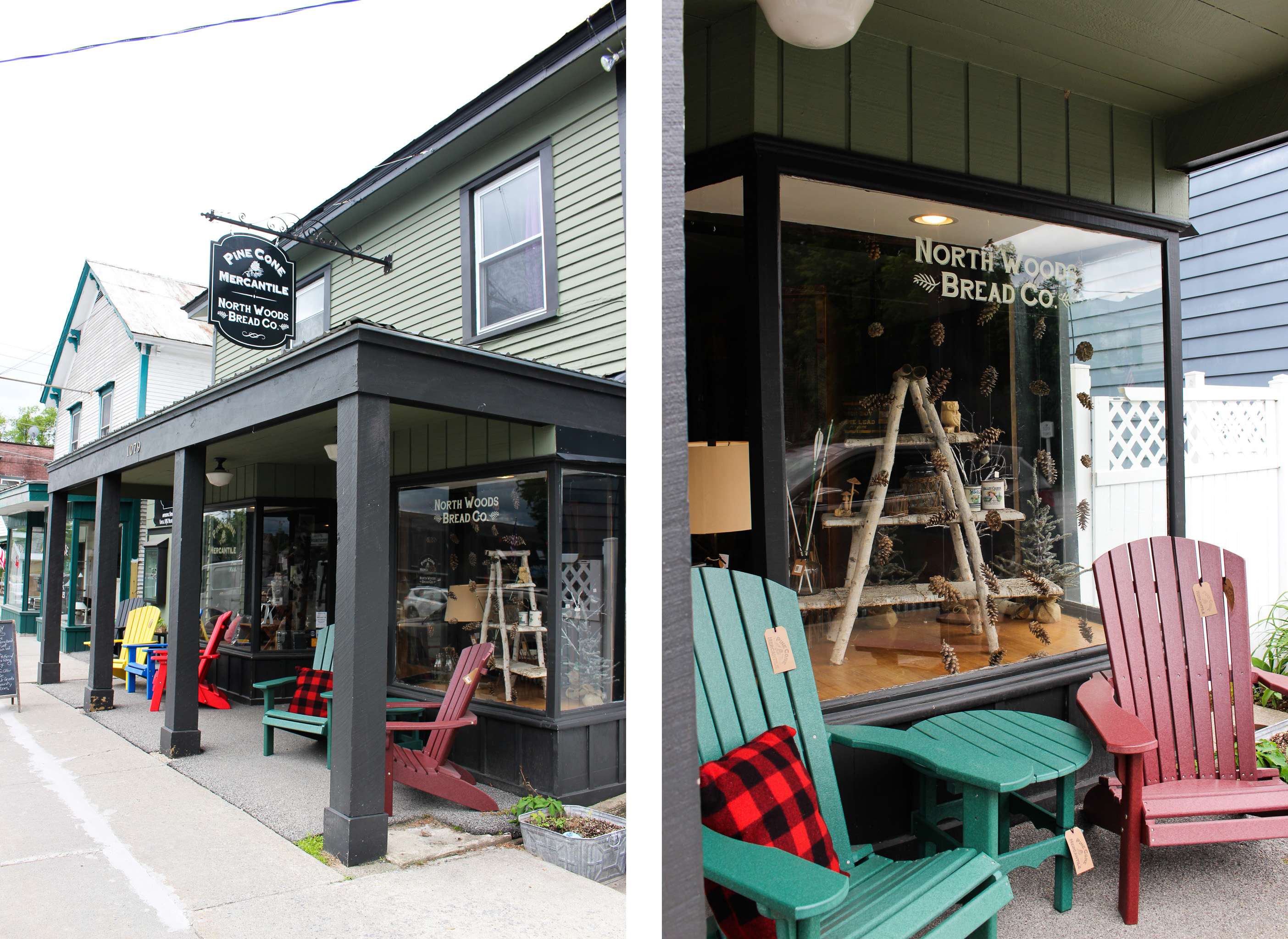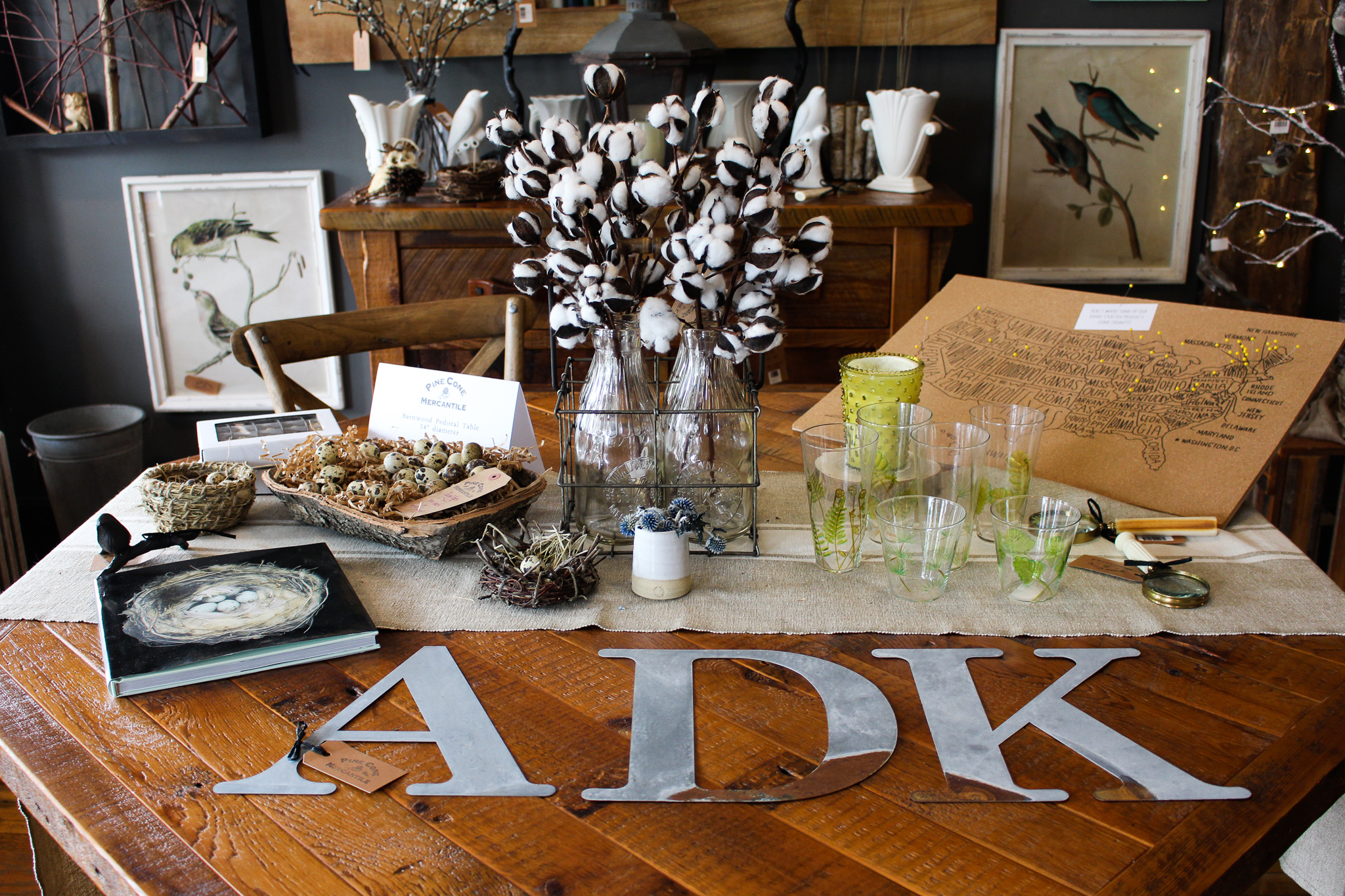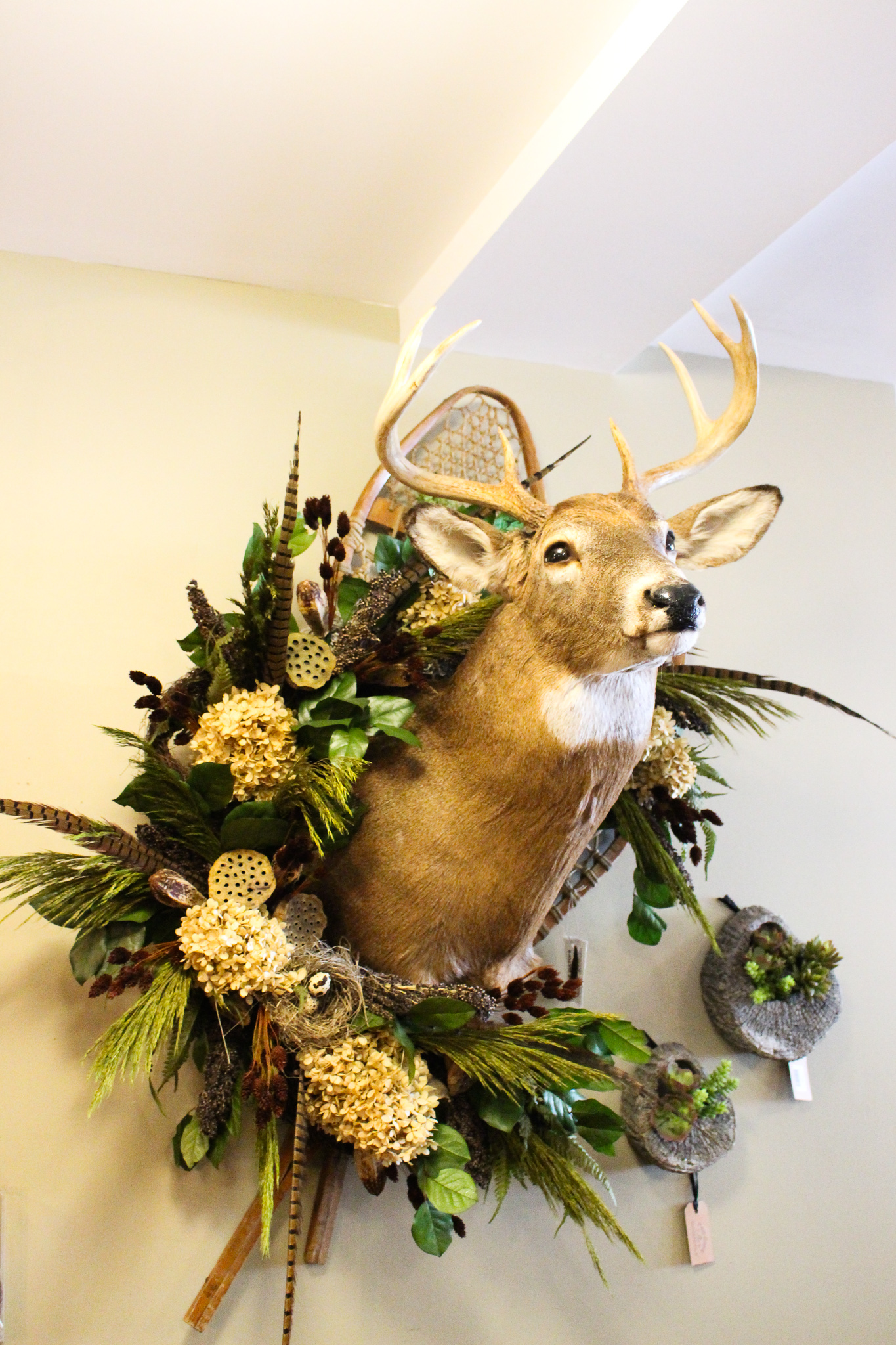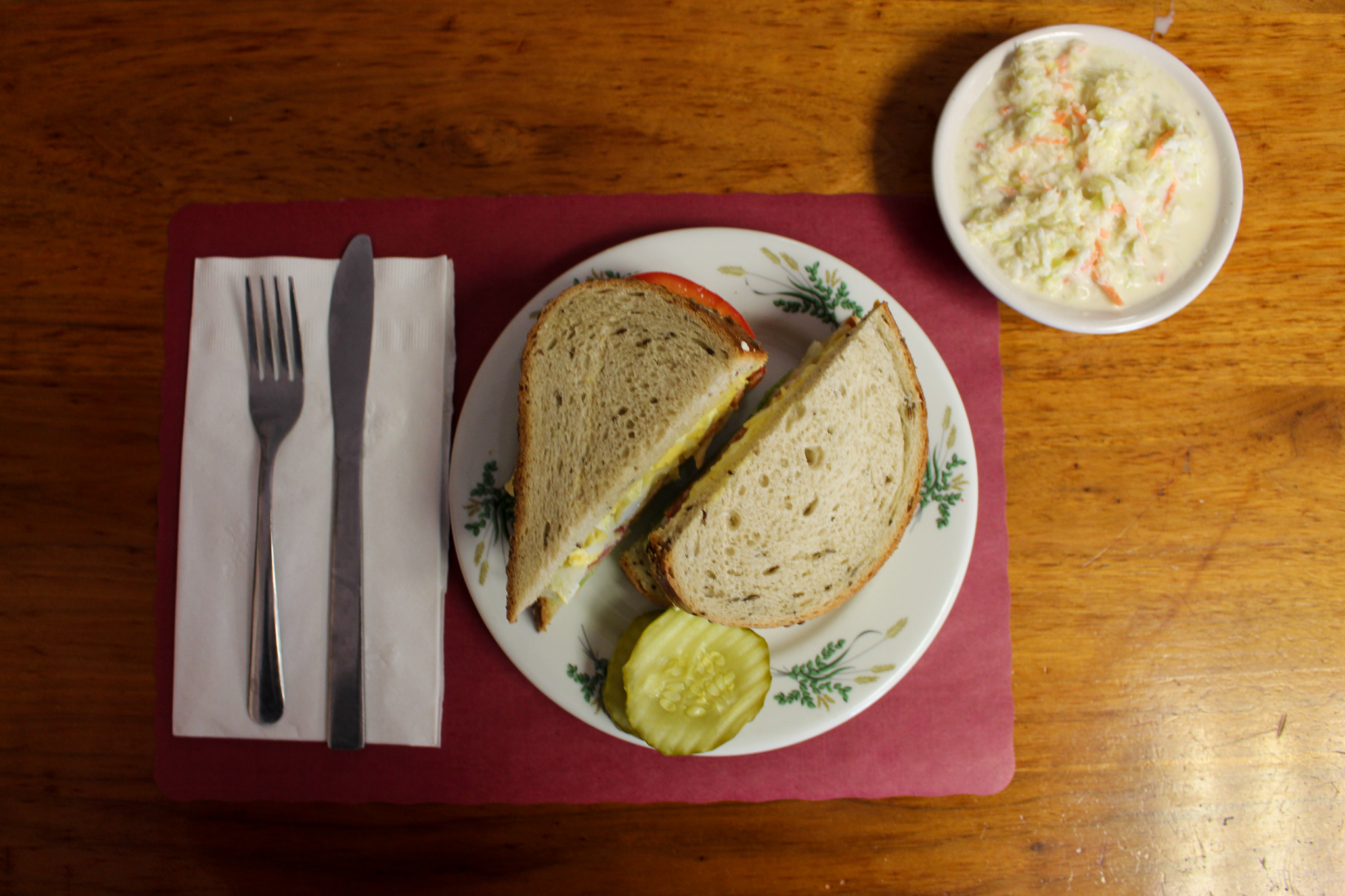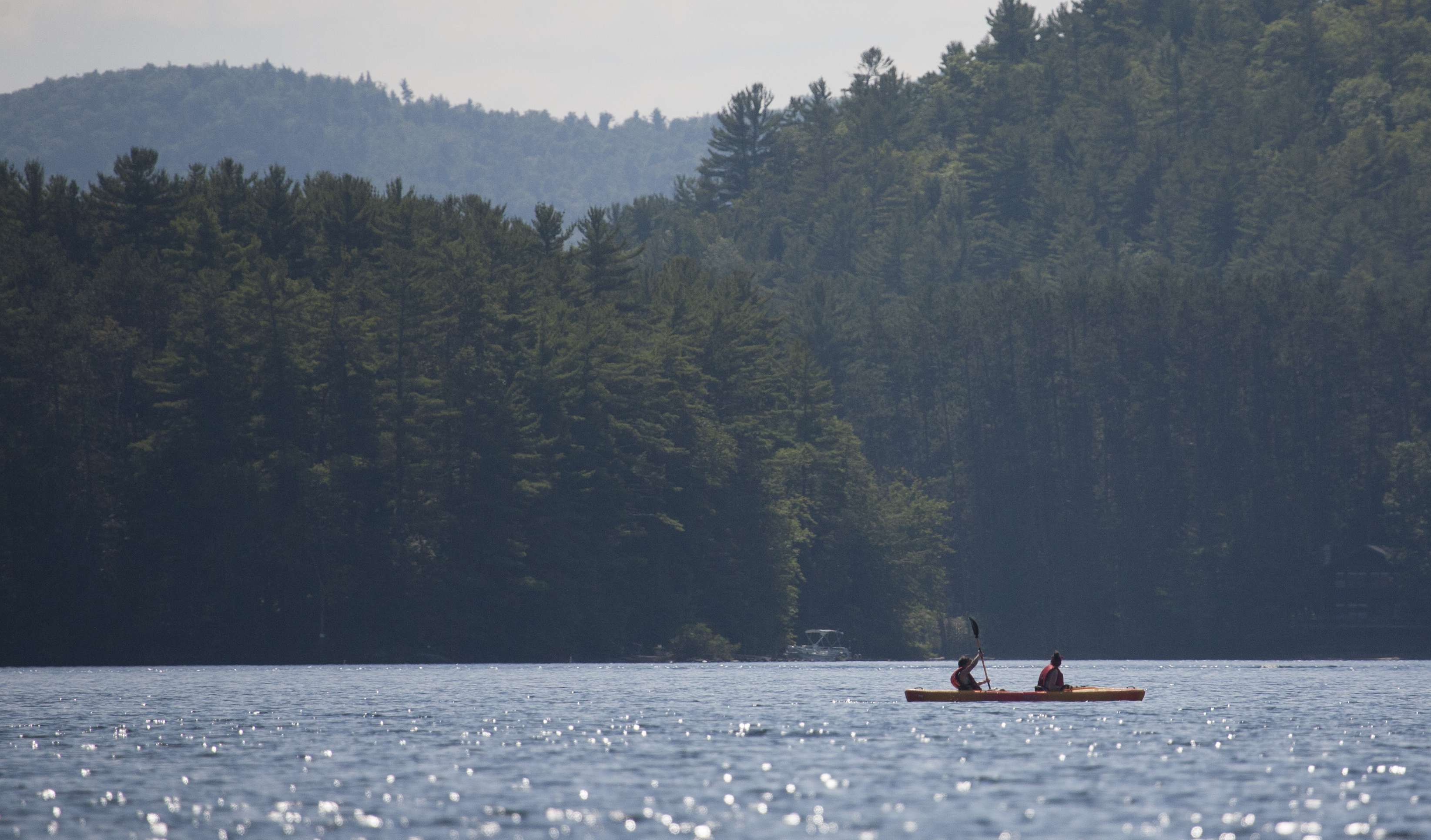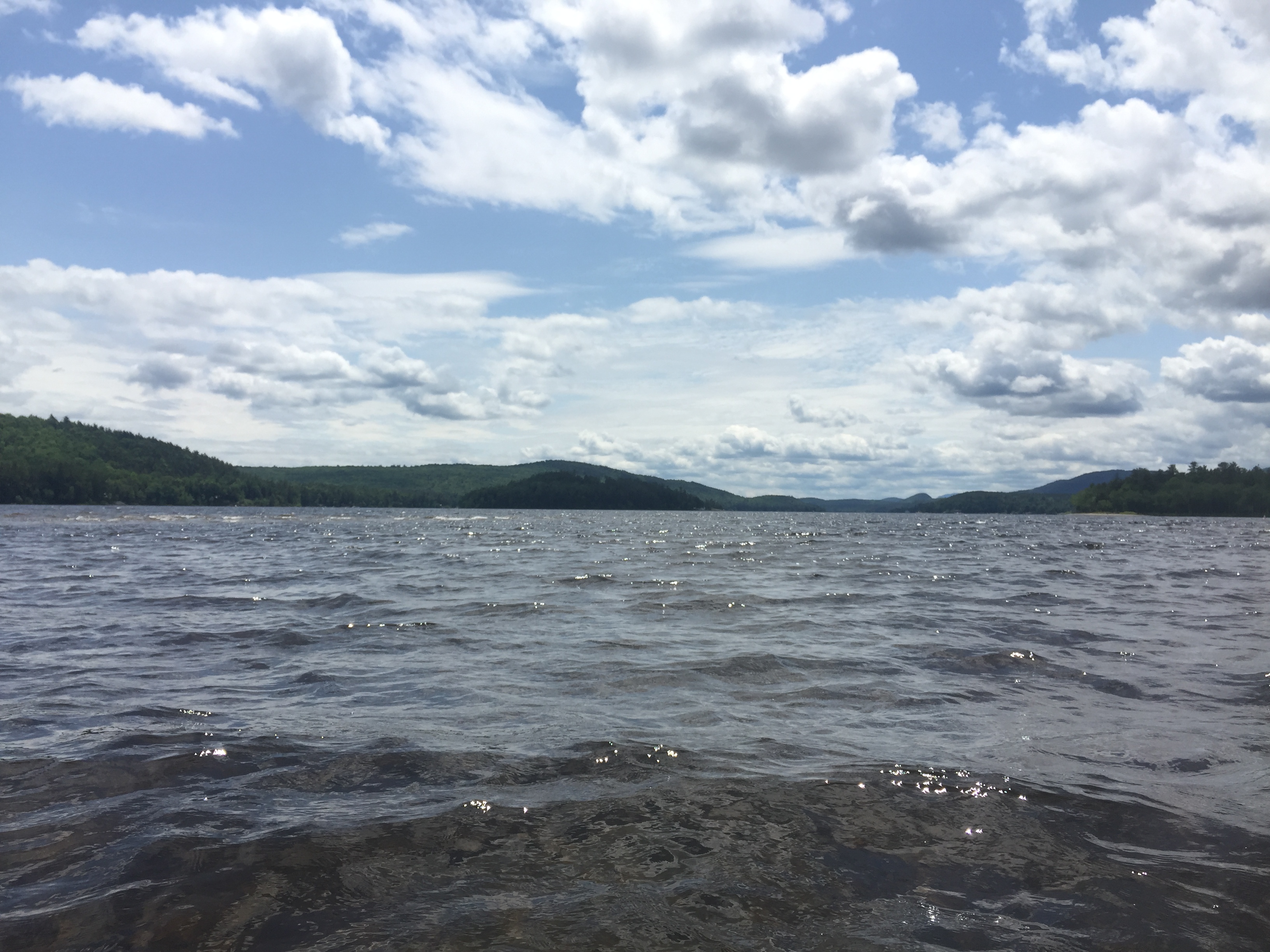Uplifting Tunes in Schroon
Summer is in full swing, and June's warm weather and long days encourage us to fill our calendars with outdoor activities and seasonal celebrations. One significant event that takes place this month should definitely find space on your calendar, particularly for Christian music lovers. It's a Christian music festival, right in the Schroon Lake Region. With late-June temperatures warming our bodies, this festival's music will warm your soul and launch you into a spectacular summer season.
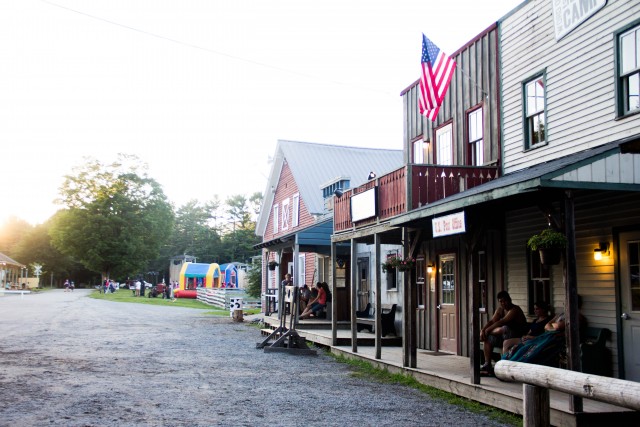
The Festival
Worship in the Adirondacks is a two-day festival held June 23 and 24 at the Word of Life Ranch on Route 9 in Pottersville, a few miles south of the hamlet of Schroon Lake. This venue serves as a western-themed summer camp for youths grades 1 through 5. As a camp, it features horseback riding, a petting zoo, archery, and even a weekly rodeo, along with a myriad of other outdoor activities. During the June 23 and 24 weekend it comes alive with the reverberations of uplifting music. Anticipate a large crowd to gather at this event!

Word of Life partnered with The Lighthouse Events to host this festival. The Lighthouse Events organizes great Christian concerts all over New England and beyond. This is their second annual event at this Word of Life venue, and there are plans for more in the future. Last year’s festival drew approximately 2,000 attendees. As ticket sales soar an even bigger turnout is expected, and this facility has plenty of capacity to accommodate everyone.
Event Organizer
I spoke with Jeff Wall of The Lighthouse Events, who also organizes many other highly acclaimed, Christian music festivals.
“This is a very family friendly event,” he told me. “You will find children in attendance with their parents, and even grandparents; yet this is not what you may think of as 'grandma's music' by any stretch.”
The festival features top, even Grammy-award-winning Christian music performers.
"Christian music is the third most popular and best-selling form of music enjoyed today," Jeff informed me. Performances feature elements and flavors of a wide variety of musical genres, including pop, rock, and country. The line-up for the festival includes over a dozen bands and performers, and is pretty impressive indeed.

Just a Few of the Scheduled Acts
Steven Curtis Chapman is an American singer, songwriter, record producer, author, and more. He has earned more awards than any single recording artist in Christian music history. His awards include five Grammys, 58 GMA Dove awards, and an American music award. His appearance at the Worship in the Adirondacks festival is scheduled for late Friday, the 23.

Another headlining band is Newsboys. They are a Christian pop/rock band originally founded in Queensland, Australia, and they are now based out of Nashville, Tennessee. Of 17 studio albums released, six have been certified gold. They have been nominated for several Grammy awards, and in 1999 received the Nashville Music Award of Contemporary Christian Album of the year. Their recently released single “The Cross has the Final Word” is getting rave reviews. See the Newsboys’ Worship in the Adirondacks performance late Saturday evening.
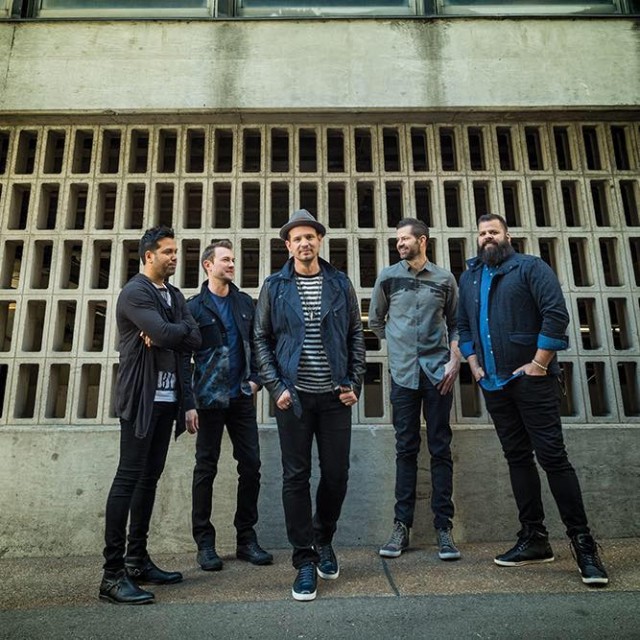
Unspoken is another highly acclaimed Christian band. They've had four straight top-American-Christian singles in their career, including “Who You Are.”
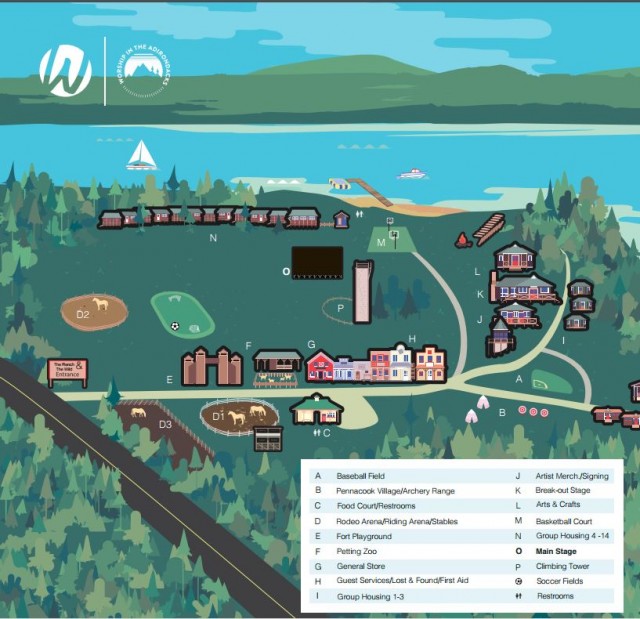
The Ranch and Amenities
The Word of Life Ranch is the perfect host facility for the music festival, with plenty of outdoor space surrounding a central main stage. It is also within steps from the scenic shore of Schroon Lake. Concerts begin mid-day on both days and end between 10 and 11 p.m. The event is rain or shine, so attendees should come prepared. Jackets for cool or rainy weather are recommended, and even pop-ups or canopies are permitted in certain areas. Bring blankets or lawn chairs for outdoor seating.
The dining room at the WOL Ranch will be open during the event, as well as their snack bar for snacks, burgers, hot dogs, pizza, and such, but local vendors will also be in attendance to enhance the many offerings. You can plan on a wide variety of food to accommodate everyone’s tastes and preferences.
So get moving, last-minute planners. As I write this tickets for the festival are still available, with some options. Two-day pricing options are the best buy, and an even better buy — if you can gather 10 or more firneds — is the group rate. Prices are best if you pre buy, as they increase at the gate. Word of Life tells me there is still on-site camping space available for tents or RVs, but the onsite cabins and lodging options are sold out. Find information at Word of Life.
If the “comforts-of-home-type lodging” is your preference, check out the many options available in nearby Schroon Lake. You'll find everything from posh B&Bs to your own individual cabin. Expand your weekend through Sunday to explore the charming community of Schroon Lake and discover treasures in the unique shops along Main Street, as well as great food at our many dining options.
Have an uplifting, tuneful weekend.
